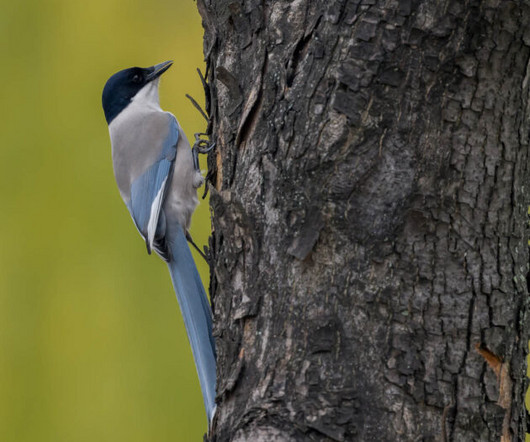The true “Mediterranean” Gull
10,000 Birds
FEBRUARY 7, 2016
To prove that point, this short series here will bring you plenty of pictures of three species which were formerly thought to be just one, the Herring Gull , with its former members Steppe Gull and Yellow-legged Gull. I’ll start with the Yellow-legged Gull Larus michahellis.












Let's personalize your content